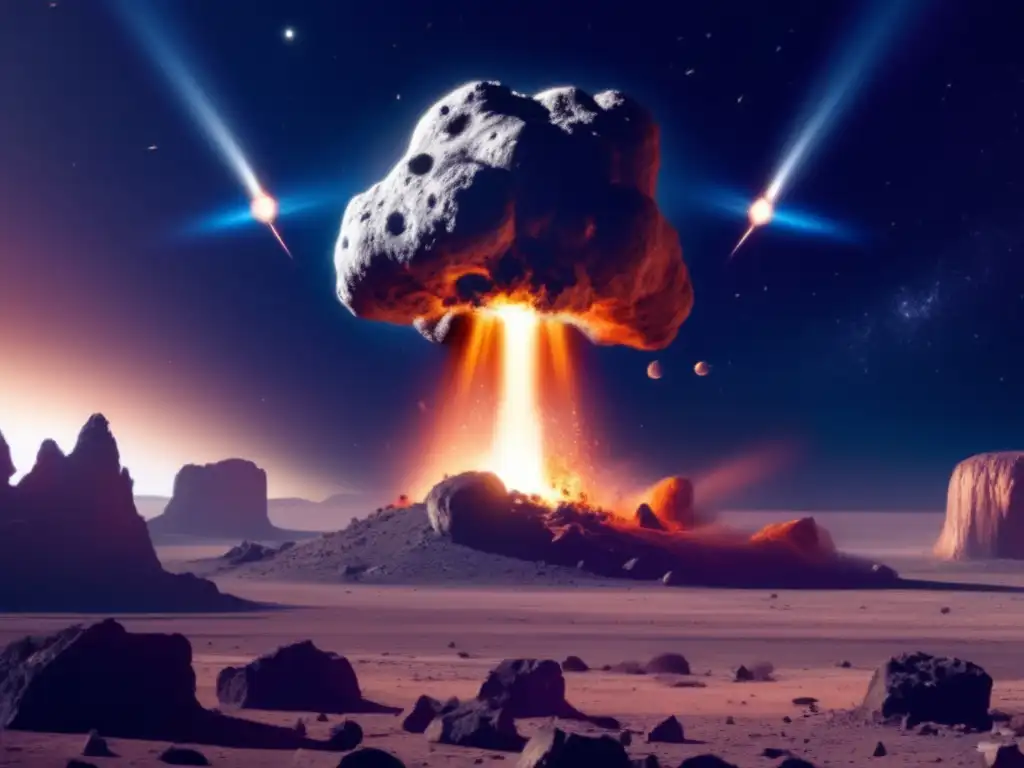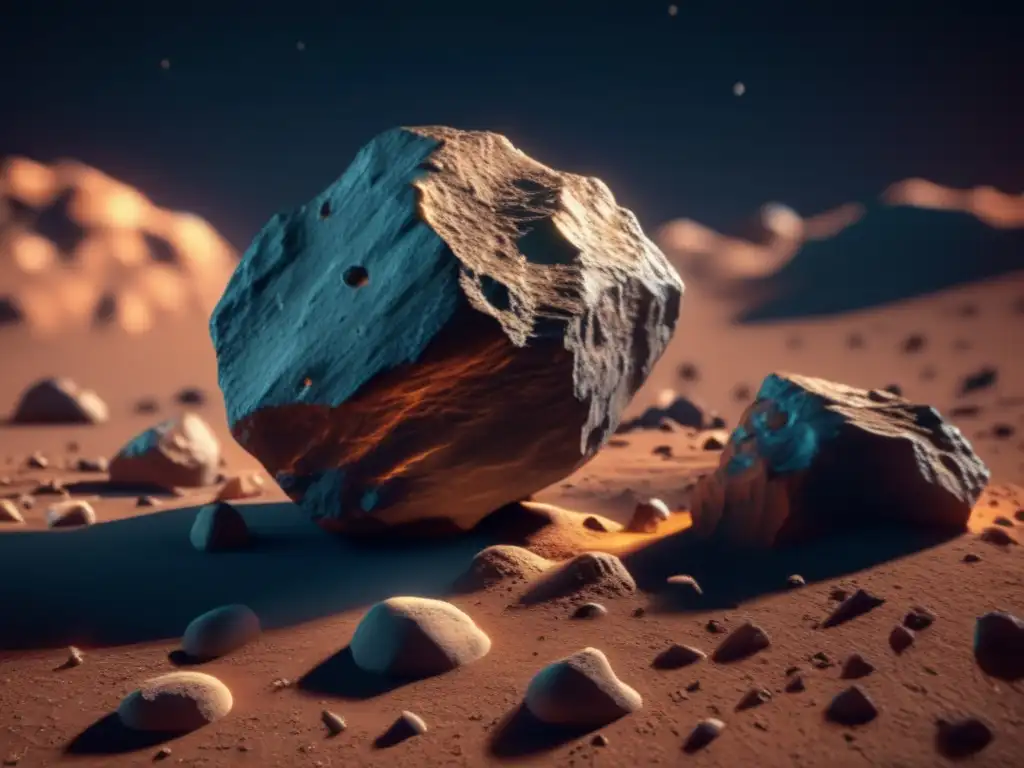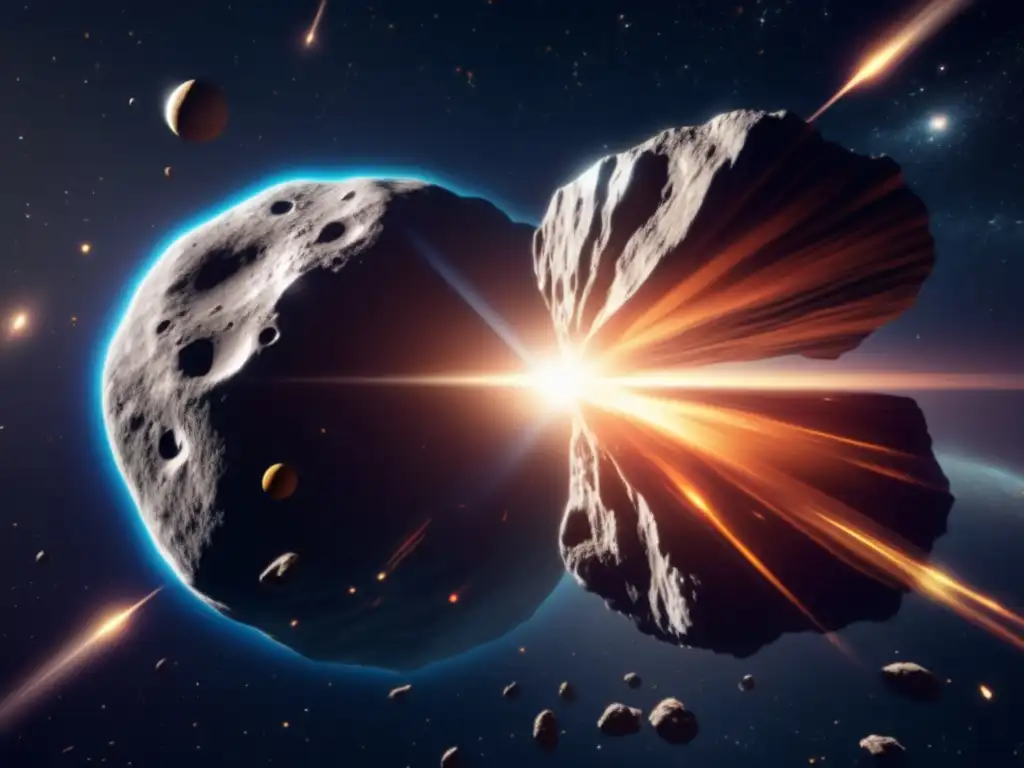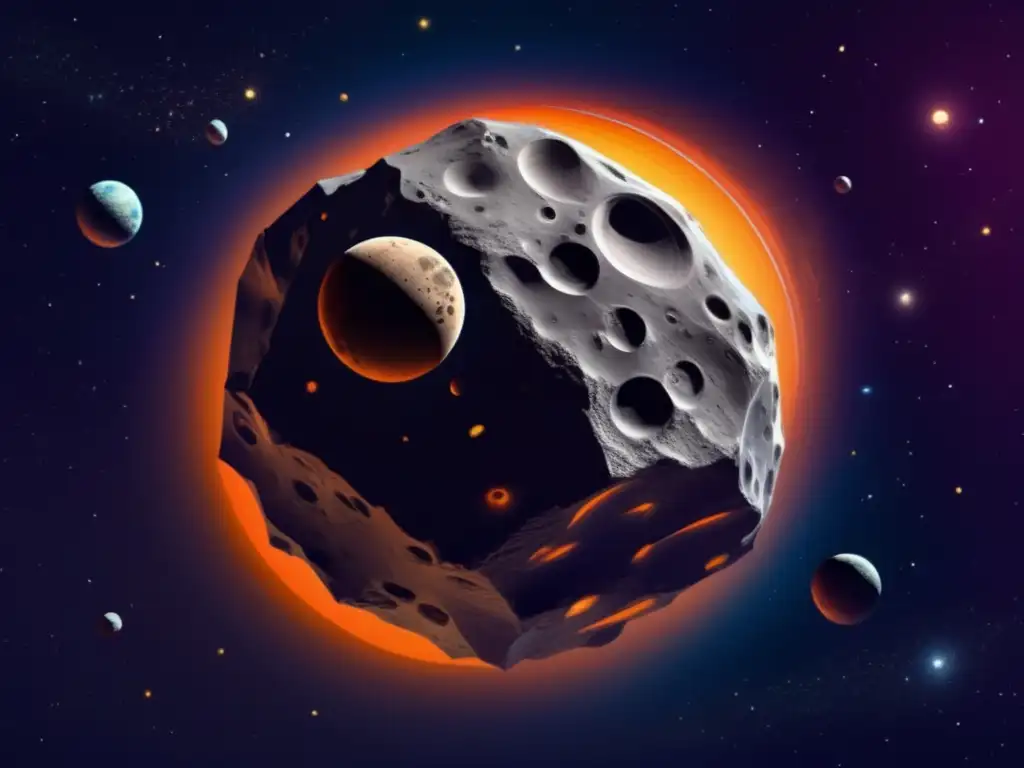On The Trail Of 1998 OR2: A Journey To A Potentially Hazardous Asteroid

Introduction
1998 OR2 is a large asteroid that was first discovered on July 24, 1998, by astronomers at the Haleakala Observatory in Hawaii. This asteroid has since been extensively studied and remains one of the most interesting asteroids in our solar system due to its size and potential threat to Earth.
Size and Composition

Size
1998 OR2 is estimated to be between 1.8 and 4.1 kilometers in diameter, with a rotation period of about 4.1 hours. It is classified as a Potentially Hazardous Asteroid (PHA) due to its proximity to Earth and its size.
Composition
The spectral analysis of 1998 OR2 indicates that it is an S-type asteroid, which means it is made up of materials similar to stony meteorites. These types of asteroids are believed to have formed closer to the sun than their C-type counterparts.
Orbit and Approach

Orbit
1998 OR2 has a highly elliptical orbit that takes it from just inside the orbit of Earth to beyond the orbit of Mars. Its closest approach to the Earth occurred on April 29, 2020, when it passed within 6.3 million kilometers.
Approach
During its close approach in 2020, astronomers were able to study 1998 OR2 in great detail using radar observations. These observations revealed that the asteroid has a very rough, boulder-strewn surface and is rotating relatively slowly compared to other asteroids.
Potential Threat to Earth

Probability of Impact
Although 1998 OR2 is classified as a PHA, there is no need to worry about it colliding with Earth in the near future. The asteroid's orbit has been well studied, and it poses no threat to our planet for at least the next century.
Mitigation Strategies
However, scientists are still working on developing strategies to mitigate the threat posed by asteroids like 1998 OR2. These strategies include redirecting the asteroid's trajectory using gravitational forces or kinetic impactors, or even destroying the asteroid using nuclear explosives.
Radar Observations

Images and Data
The radar observations of 1998 OR2 during its close approach in 2020 provided scientists with detailed images and data on the asteroid's size, shape, rotation, and surface features. These observations were made using several powerful radio telescopes, including the Arecibo Observatory in Puerto Rico and the Goldstone Deep Space Communications Complex in California.
Scientific Discoveries
The radar observations of 1998 OR2 have revealed several scientific discoveries about the asteroid, including its slow rotation rate, its rough and boulder-strewn surface, and its overall size and shape. These discoveries will help us better understand the composition and formation of S-type asteroids in our solar system.
Frequently Asked Questions

-
Is 1998 OR2 a threat to Earth?
Although 1998 OR2 is classified as a PHA, it poses no threat to Earth for at least the next century.
-
What is the composition of 1998 OR2?
1998 OR2 is an S-type asteroid, which means it is made up of materials similar to stony meteorites.
-
What did the radar observations of 1998 OR2 reveal?
The radar observations revealed several scientific discoveries about the asteroid, including its slow rotation rate, its rough and boulder-strewn surface, and its overall size and shape.
-
What strategies are being developed to mitigate the threat posed by asteroids like 1998 OR2?
Strategies include redirecting the asteroid's trajectory using gravitational forces or kinetic impactors, or even destroying the asteroid using nuclear explosives.
-
When was 1998 OR2 first discovered?
1998 OR2 was first discovered on July 24, 1998, by astronomers at the Haleakala Observatory in Hawaii.
Conclusion
1998 OR2 is a fascinating asteroid that has been extensively studied by astronomers and remains one of the most interesting asteroids in our solar system. Its size and potential threat to Earth make it a topic of great interest to scientists and the general public alike. We must continue to study and monitor these types of asteroids to develop strategies to mitigate the threat they pose to our planet.
Thank you for taking the time to read this article. If you have any questions or thoughts on this topic, please share them in the comments section below. Be sure to check out www.asteroidrealm.com for more fascinating articles on asteroids and other celestial objects.
Additional Resources

For more information on 1998 OR2 and other asteroids, check out the following resources:
- NASA's website on asteroid flybys
- JPL's page on Potentially Hazardous Asteroids
- The Planetary Society's page on Planetary Defense
 Asteroid 3122 Florence And Its Two Moons: A Rare Discovery
Asteroid 3122 Florence And Its Two Moons: A Rare Discovery The Exciting Discovery Of The Quadruple Asteroid System Sylvia
The Exciting Discovery Of The Quadruple Asteroid System Sylvia Asteroids In Retrograde: The Intriguing Case Of 2015 BZ509
Asteroids In Retrograde: The Intriguing Case Of 2015 BZ509If you want to discover more articles similar to On The Trail Of 1998 OR2: A Journey To A Potentially Hazardous Asteroid, you can visit the Asteroid Discoveries category.
Leave a Reply

Articulos relacionados: